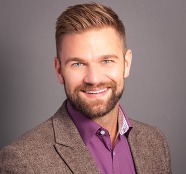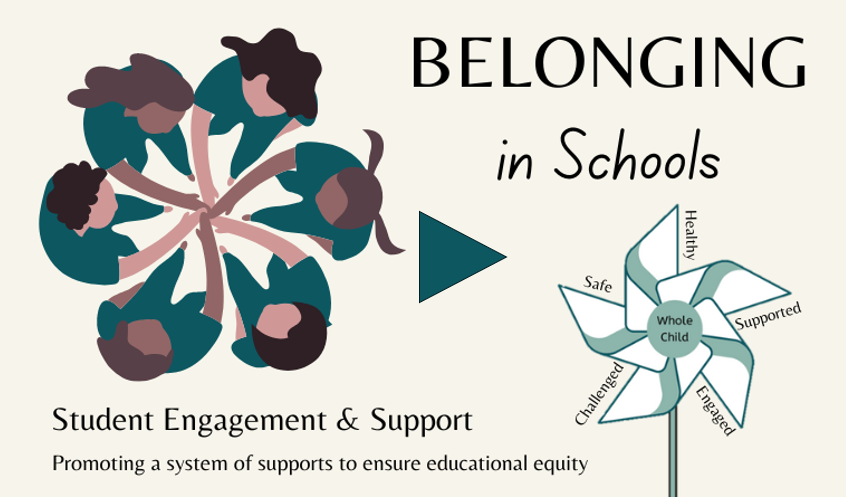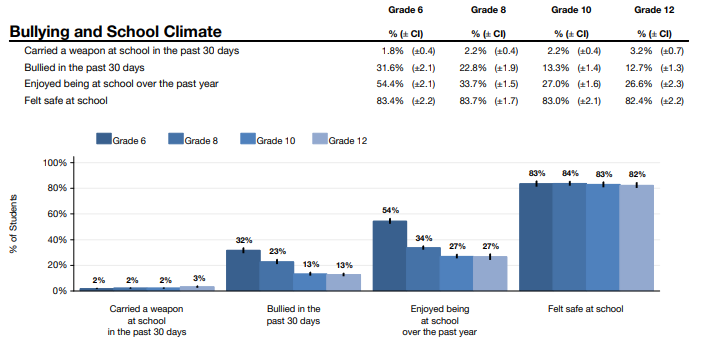

The beginning of the school year always brings a mix of emotions for educators and students — we may be excited to see our friends and colleagues, curious about what we learn, anxious about how well we do, and well a little sad that summer is winding down. As we think about starting the school year with SEL-Academic Integration, the first inclination might be to start with the students and what we are going to do for them. But I want to encourage you to start with YOU. Remember, we are learners too with our students. So even before your students enter the room, ask yourself, what do I bring with me to the classroom that I want to learn? What do I want to learn with my students? How am I going to learn with them? What do I need to work on so that I build meaningful relationships with my students and I am attuning to my own wellbeing.
You can use this self-assessment tool I developed with colleagues to reflect on your own social and emotional competencies. For example, you might reflect on the on the degree to which you engage with each of the following strategies:
-
I reflect on how my emotions influence my interactions with students. (self-awareness)
-
I am able to get calm (e.g., stop, think, act) or stay calm when I have a strong emotional reaction in the classroom (e.g., stress, anger). (self-management)
-
I am concerned about and pay attention to how my words, actions, and behaviors influence my students. (social awareness)
-
I use collaborative problem solving with my students when issues arise in the learning environment. (relationship skills)
-
I reflect on my own assumptions/biases as well as external factors when making decisions that affect my students. (responsible decision-making)
|

Leadership Team Activities
Do you want your team to take a deeper look at setting up your classroom for belonging? We’ve crafted activities that take 5 minutes, 30 minutes, and 60-90 minutes for you! Take a look at toolkits, reflection questions, and more. Check out this month’s Care Package.
Don't miss out on the Top 5 things you should know about Belonging in Classrooms and Schools below:

Quick Assessment Tools:
Check out these student surveys that can be quickly administered to gauge the general climate of your classroom. This is a top tip for building a culture of belonging – simple and consistent check-ins with members of the learning community. And remember - that includes you!
In 2021, an average of 83% of students in 6th, 8th, 10th, and 12th grade reported feeling safe at school. Additionally, less than a third of students across the different grades reported being bullied. However, only about half of students from 6th, one third from 8th, and one quarter from 10th and 12th grades reported that they enjoyed school.
Focus in on this data from 2021’s Healthy Youth Survey:

Data Informs Practice
Moving forward, how can educators continue to foster a school climate that is safe, inclusive, and engaging?
Research and data show again and again that feeling a sense of belonging at school is important for academic success: students’ ability and motivation to learn wither and wane when they feel excluded, disengaged, or even burdensome to their school community. But by building an intentional environment that recognizes the value of each student and includes SEL, academic achievement rises, and achievement gaps shrink.
Take a look at these articles if you’re interested in learning more!
|